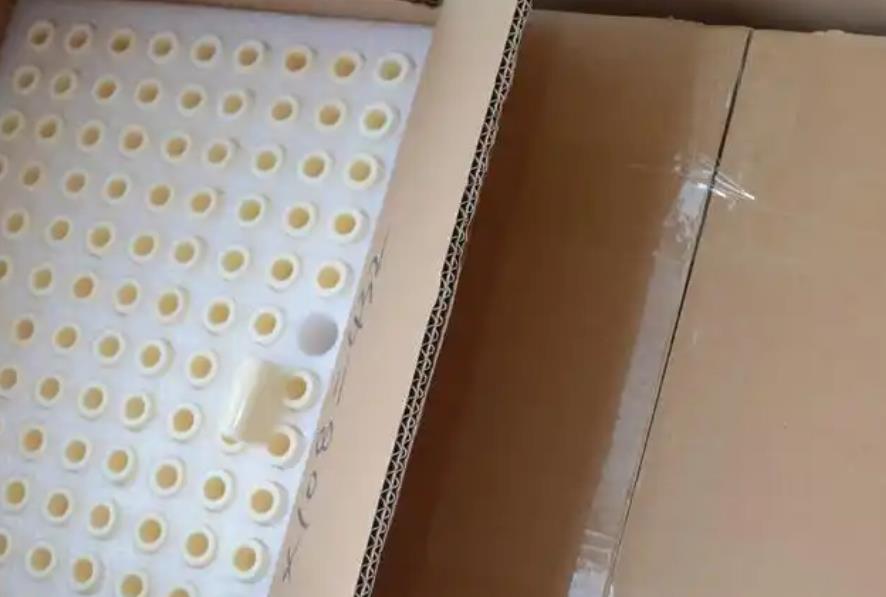What are the requirements and standards for ceramic tube packaging?
Ceramic tube is a brittle material, so special attention is needed when packaging and transportation. The requirements and standards for ceramic tube packaging can be divided into the following aspects. Ceramic tube packing box customized

First, the external packaging of ceramic tubes
The external packaging of the ceramic tube needs to have sufficient strength and impact resistance to prevent damage caused by collision and friction during transportation. Commonly used external packaging materials include foam, air cushion film, cartons, wooden cases, etc.
For precision ceramic tubes, the external packaging usually needs to meet specific standards. For example, Japan's STA standard stipulates that the surface of the ceramic tube should not exceed 0.5mm scratches during transportation, so the outer packaging needs to have sufficient cushioning performance to eliminate collision and friction.
Second, the internal packaging of ceramic tubes
In order to protect the integrity and safety of ceramic tubes, internal packaging is essential. The internal packaging needs to be closely fitted to the shape of the ceramic tube, while having good cushioning properties to absorb external forces and protect the integrity of the ceramic tube.
The internal packaging materials are usually foam, air cushion film, sponge, porcelain paper and so on. These materials need to meet environmental requirements and will not cause any damage to the ceramic tube during use.

Iii. Signs and labels
Signs and labels are important for the safety and compliance of ceramic tube packaging. Common signs and labels include "fragile items," "Tilt Prohibited," "Handle lightly," "Above," and so on.
Signs and labels need to be clear and clear, avoiding new words and tedious text instructions. In addition, multiple languages such as color and graphics need to be used, and the meaning of signs and labels can be easily understood in different countries and regions.
Fourth, seismic performance detection
In order to ensure the quality and safety of ceramic tube packaging, it is necessary to carry out seismic resistance testing. Vibration resistance testing can simulate the vibration and shock during transportation to evaluate and test the packaging. According to different countries and regions, the standards of seismic performance testing will be different.
The ceramic tube packaging will be carried out 10 times of different directions of the resistance test, and the results of each test are evaluated and compared. During this process, any damage or defects need to be documented and dealt with later.
In short, ceramic tube packaging needs to have sufficient strength and impact resistance, while meeting environmental and compliance requirements. Signs and labels need to be clear and easy to understand. Seismic performance testing can detect packaging problems in advance and solve them in time. Through the full implementation of various requirements and standards, the transportation safety and commodity quality of ceramic tubes can be ensured.